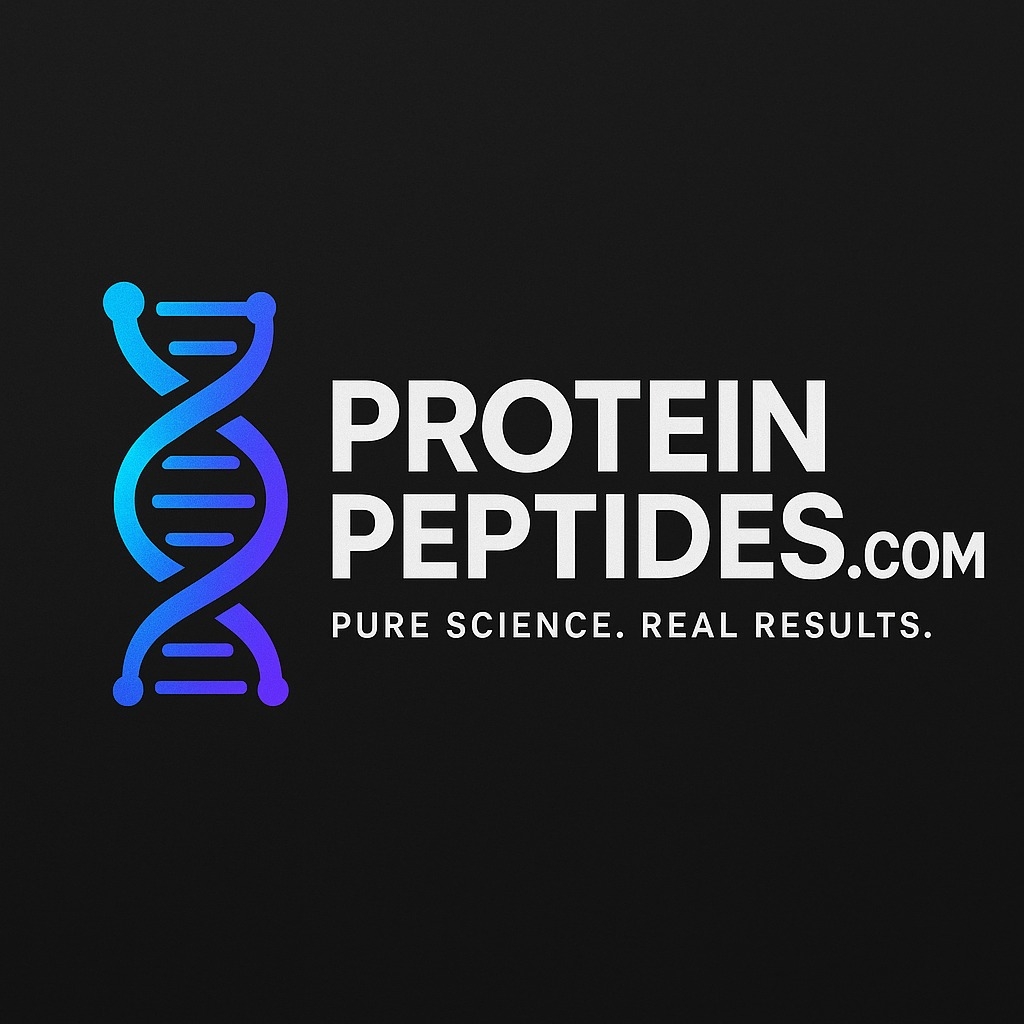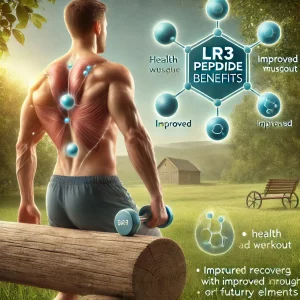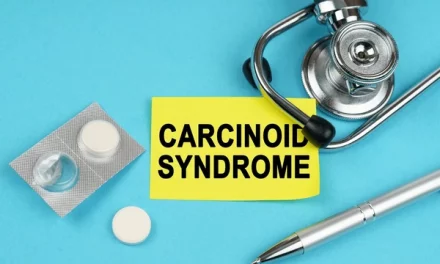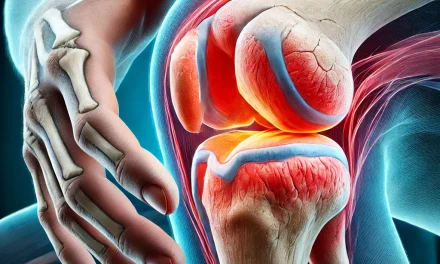LR3 Peptide: A Breakthrough in Growth and Repair
In the ever-evolving field of biotechnology and therapeutic innovation, LR3 peptide has emerged as a remarkable tool for growth, regeneration, and repair. Known as Long-Arginine-3 IGF-1, LR3 is an extended analog of the Insulin-like Growth Factor-1 (IGF-1), engineered for enhanced stability and potency. With its profound impact on cellular processes, LR3 is gaining traction in research, fitness, and medical applications. This article delves into the science, benefits, and applications of LR3 peptide, shedding light on its potential to revolutionize health and performance optimization.
The Science Behind LR3 Peptide
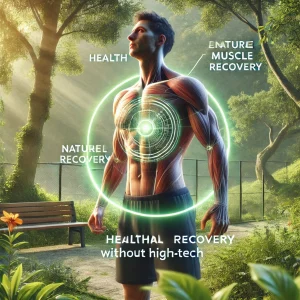 LR3 peptide is a synthetic derivative of IGF-1, a naturally occurring hormone responsible for cellular growth and regeneration. The peptide is modified to include an additional 13 amino acids, making it longer and more resistant to degradation than its parent molecule. The substitution of arginine at the third position further enhances its biological activity. These modifications allow LR3 to bind more effectively to IGF-1 receptors and extend its half-life, offering prolonged and potent anabolic effects.
LR3 peptide is a synthetic derivative of IGF-1, a naturally occurring hormone responsible for cellular growth and regeneration. The peptide is modified to include an additional 13 amino acids, making it longer and more resistant to degradation than its parent molecule. The substitution of arginine at the third position further enhances its biological activity. These modifications allow LR3 to bind more effectively to IGF-1 receptors and extend its half-life, offering prolonged and potent anabolic effects.
One of LR3’s standout features is its ability to bypass IGF-binding proteins (IGFBPs), which normally regulate IGF-1 activity in the body. By avoiding sequestration, LR3 remains biologically active for extended periods, making it a powerful agent in stimulating cell growth, tissue repair, and metabolic regulation.
How LR3 Works
LR3 peptide operates by activating the IGF-1 receptor, a transmembrane protein that triggers intracellular signaling pathways. These pathways, particularly the PI3K/Akt and MAPK/ERK cascades, play crucial roles in protein synthesis, cell proliferation, and survival. This makes LR3 a key driver of anabolic processes, including:
- Muscle Growth: LR3 stimulates satellite cells in muscle tissue, promoting repair and hypertrophy following exercise or injury.
- Bone Density Improvement: By enhancing osteoblast activity, LR3 supports bone formation and density, crucial for skeletal health.
- Cellular Regeneration: LR3 accelerates the healing of wounds and damaged tissues by encouraging cell division and migration.
Applications in Fitness and Bodybuilding
The potent anabolic properties of LR3 peptide have captured the attention of athletes and bodybuilders seeking to optimize muscle growth and recovery. By promoting protein synthesis and nutrient uptake, LR3 helps repair muscle fibers damaged during intense workouts, leading to enhanced strength and size. Its ability to stimulate muscle hyperplasia—an increase in the number of muscle cells—sets it apart from other growth-promoting agents, which typically focus only on hypertrophy (enlarging existing cells).
Additionally, LR3 supports fat metabolism by increasing glucose uptake in muscle cells, making it an attractive option for athletes aiming to achieve lean muscle mass while reducing fat stores.
LR3 in Anti-Aging and Medicine
Beyond the gym, LR3 peptide has promising applications in anti-aging and regenerative medicine. As natural IGF-1 levels decline with age, the ability to enhance cellular repair and combat tissue degeneration becomes increasingly valuable. LR3’s regenerative effects on skin, muscles, and bones make it a potential candidate for therapies targeting age-related conditions such as sarcopenia, osteoporosis, and delayed wound healing.
In medical research, LR3 is being investigated for its role in neuroprotection and the management of neurodegenerative diseases. By supporting neuronal growth and synaptic plasticity, it may help mitigate the effects of conditions like Alzheimer’s disease and Parkinson’s.
Potential Uses in Regenerative Medicine
LR3’s ability to enhance cell proliferation and differentiation has sparked interest in its use for tissue engineering and regenerative medicine. Researchers are exploring its potential in:
- Cartilage Repair: Supporting the regeneration of cartilage in joint disorders such as osteoarthritis.
- Skin Healing: Accelerating wound healing and reducing scar formation in burn victims or surgical patients.
- Organ Regeneration: Assisting in the repair of damaged organs through cellular therapy and scaffolding techniques.
Dosage and Administration
LR3 peptide is typically administered via subcutaneous or intramuscular injection, with dosages varying based on individual needs and goals. Its extended half-life allows for less frequent dosing compared to standard IGF-1, making it a convenient option for users.
However, LR3 is not an FDA-approved therapy for human use outside of research settings, and individuals interested in its potential benefits should consult with medical professionals and adhere to ethical guidelines.
Risks and Side Effects
While LR3 offers impressive benefits, its use is not without risks. Overstimulation of IGF-1 receptors can lead to abnormal cell growth, increasing the potential for tumor development. Other possible side effects include:
- Hypoglycemia: Increased glucose uptake can lower blood sugar levels, leading to dizziness or fatigue.
- Joint Pain: Rapid tissue growth may cause discomfort in joints or connective tissues.
- Organ Growth: Excessive use of LR3 can result in undesirable enlargement of organs.
To minimize these risks, careful dosing and monitoring are essential. Additionally, users should consider their individual health profiles and avoid unregulated sources of the peptide.
Ethical and Regulatory Considerations
The use of LR3 peptide in sports and bodybuilding is controversial, with some viewing it as a form of performance enhancement that undermines fair competition. Many sports organizations have banned its use, classifying it as a prohibited substance. Furthermore, the availability of LR3 from unverified suppliers poses risks to user safety and complicates regulatory oversight.
 As research progresses, establishing ethical and safe guidelines for LR3’s use will be crucial for its integration into clinical practice and other applications.
As research progresses, establishing ethical and safe guidelines for LR3’s use will be crucial for its integration into clinical practice and other applications.
Harnessing the Future of LR3 Peptide
LR3 peptide represents a frontier in growth and repair, offering powerful potential for fitness, anti-aging, and regenerative medicine. Its enhanced stability, potent anabolic effects, and versatility in supporting cellular health make it a valuable tool for research and therapeutic innovation.
However, responsible use, guided by scientific evidence and ethical considerations, is paramount. As we continue to uncover LR3’s full capabilities, it is vital to balance its benefits with the potential risks, ensuring its application serves humanity’s best interests.
LR3 Peptide: A Breakthrough in Growth and Repair
- Shimasaki S, Ling N. Identification and structure of insulin-like growth factor-binding proteins (IGFBPs). Nature. 1986;323:541–545. https://doi.org/10.1038/323541a0
- Francis GL, et al. Insulin-like growth factor analogs with reduced binding to IGFBPs and increased biological potency. J Mol Endocrinol. 1992;8(3):213–223. https://doi.org/10.1677/jme.0.0080213
- Mohan S, Baylink DJ. IGF system components and their role in bone metabolism. J Clin Endocrinol Metab. 2002;87(9):4381–4389. https://doi.org/10.1210/jc.2002-020636
- Bach LA. 2018 Sir John Eccles Lecture: IGF-binding proteins — an update. Growth Horm IGF Res. 2018;39:12–19. https://doi.org/10.1016/j.ghir.2018.01.002
- Velloso CP. Regulation of muscle mass by growth hormone and IGF-I. Eur J Appl Physiol. 2008;102(6):701–712. https://doi.org/10.1007/s00421-007-0640-6
- Clemmons DR. Role of IGF-I in skeletal muscle mass maintenance. Endocr Rev. 2007;28(5):466–486. https://doi.org/10.1210/er.2007-0002
